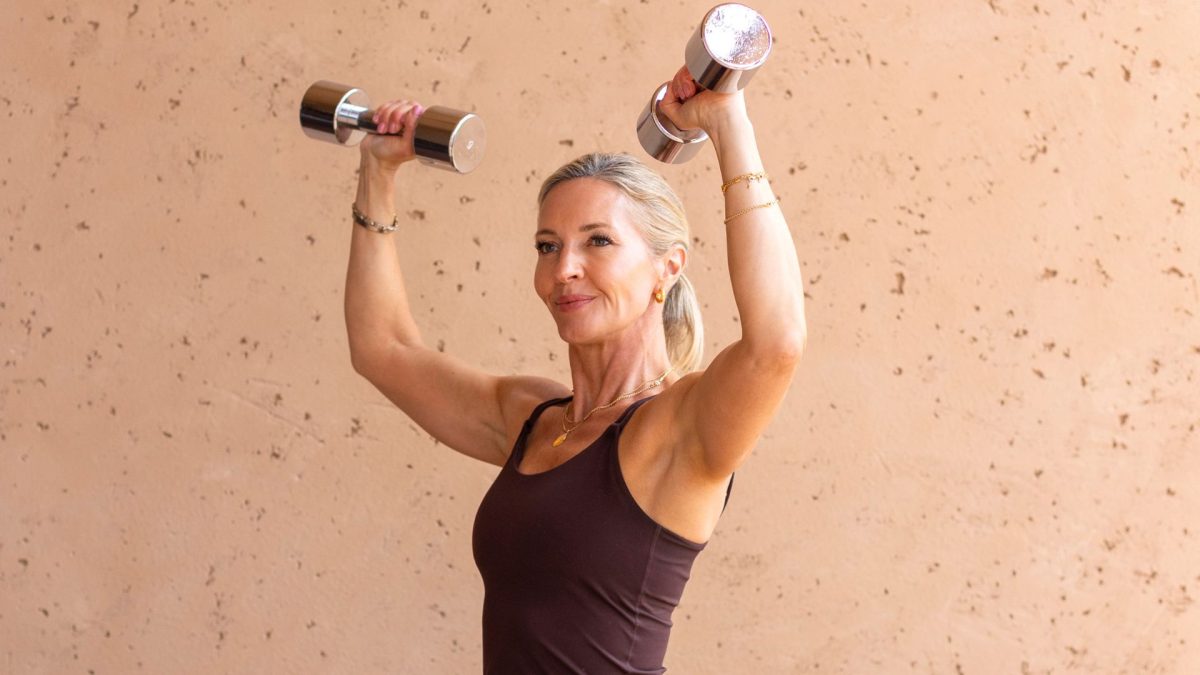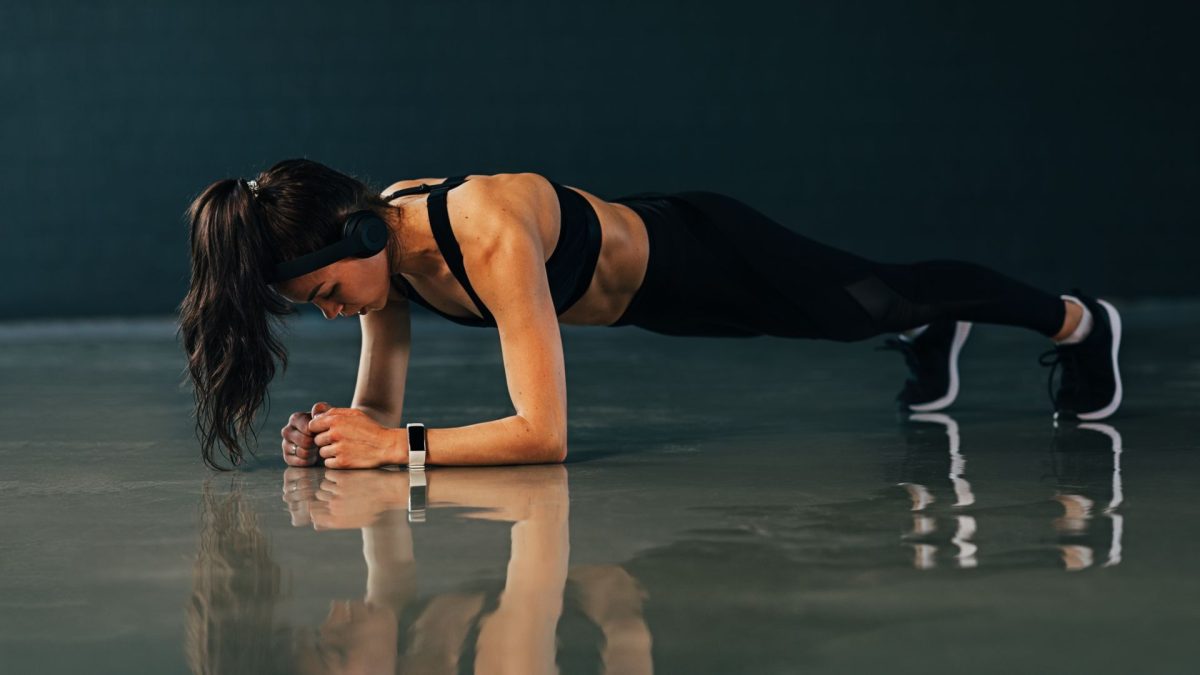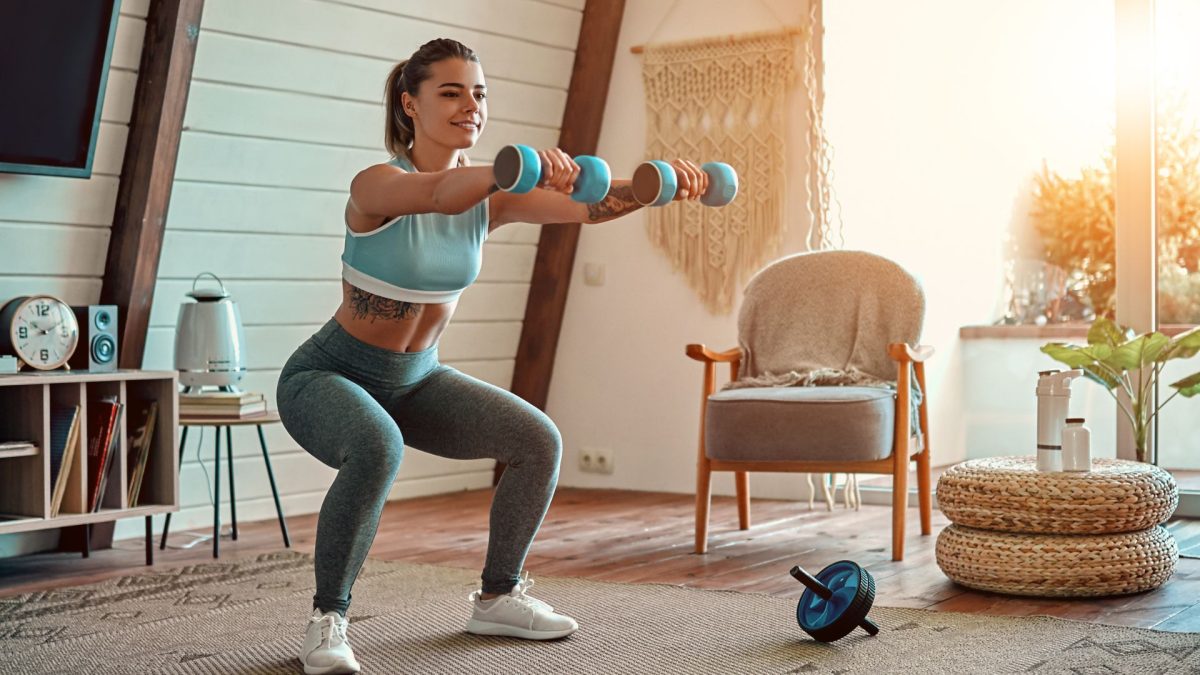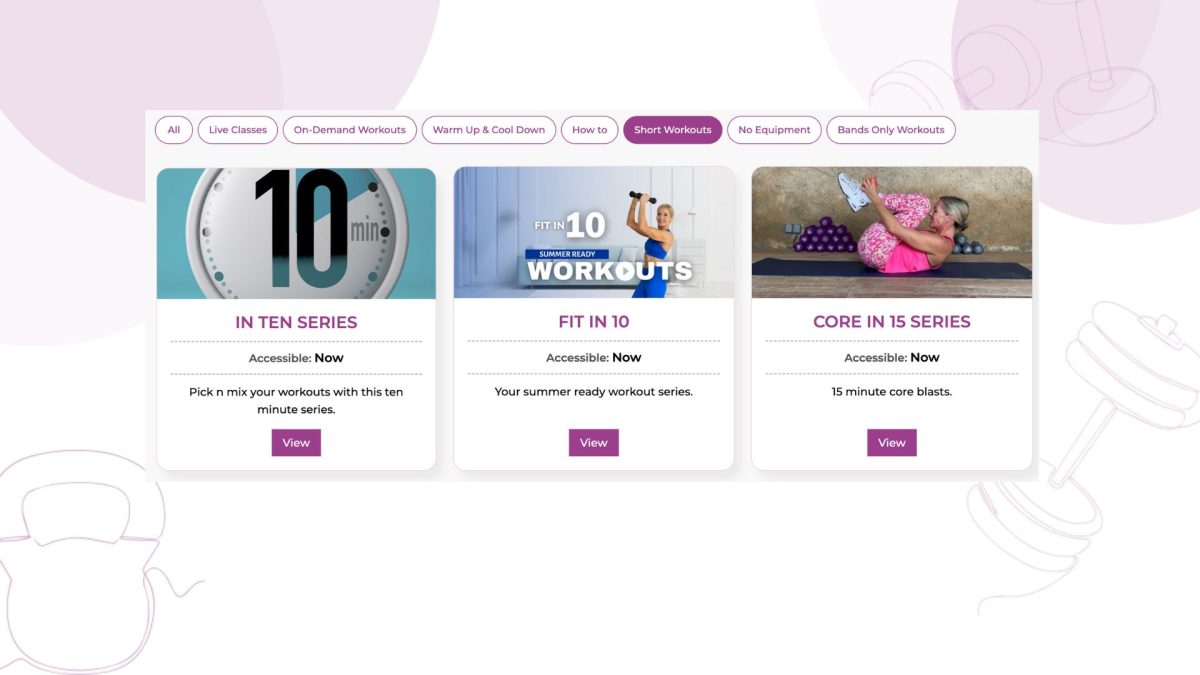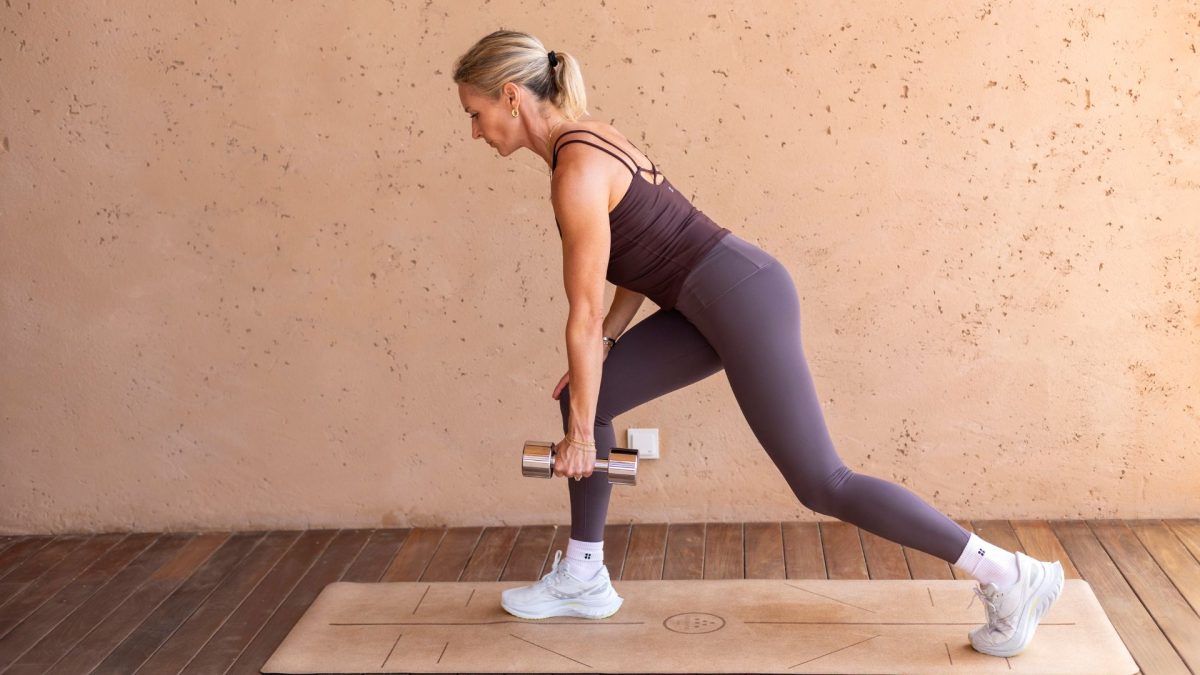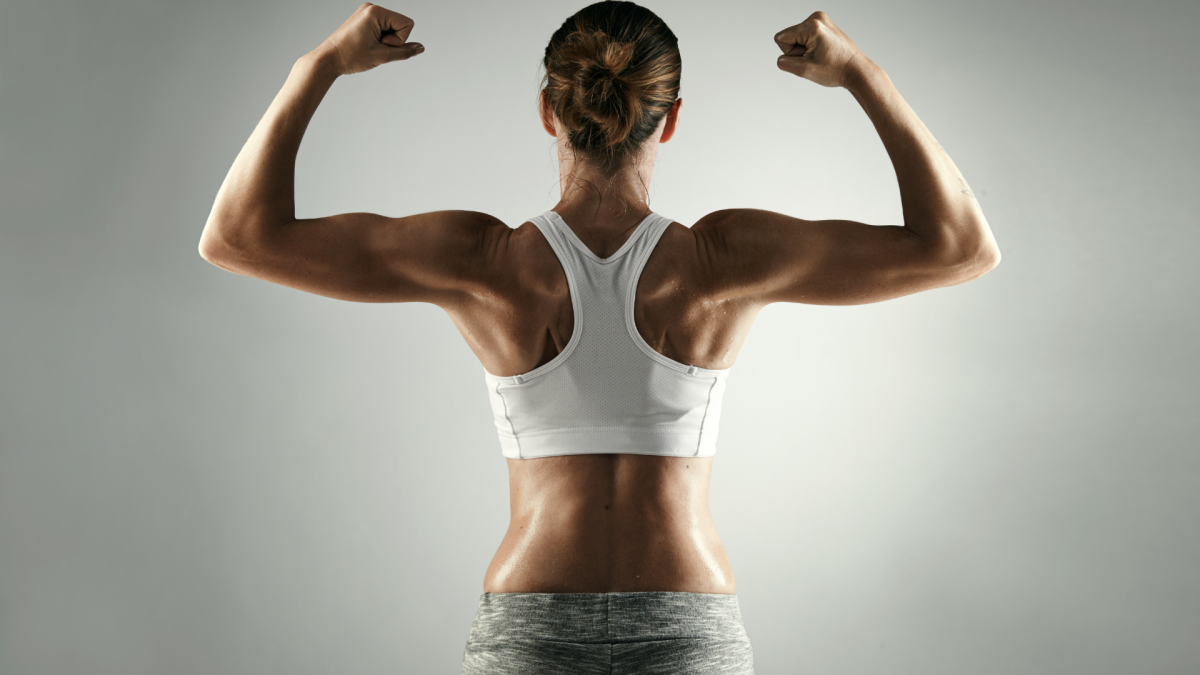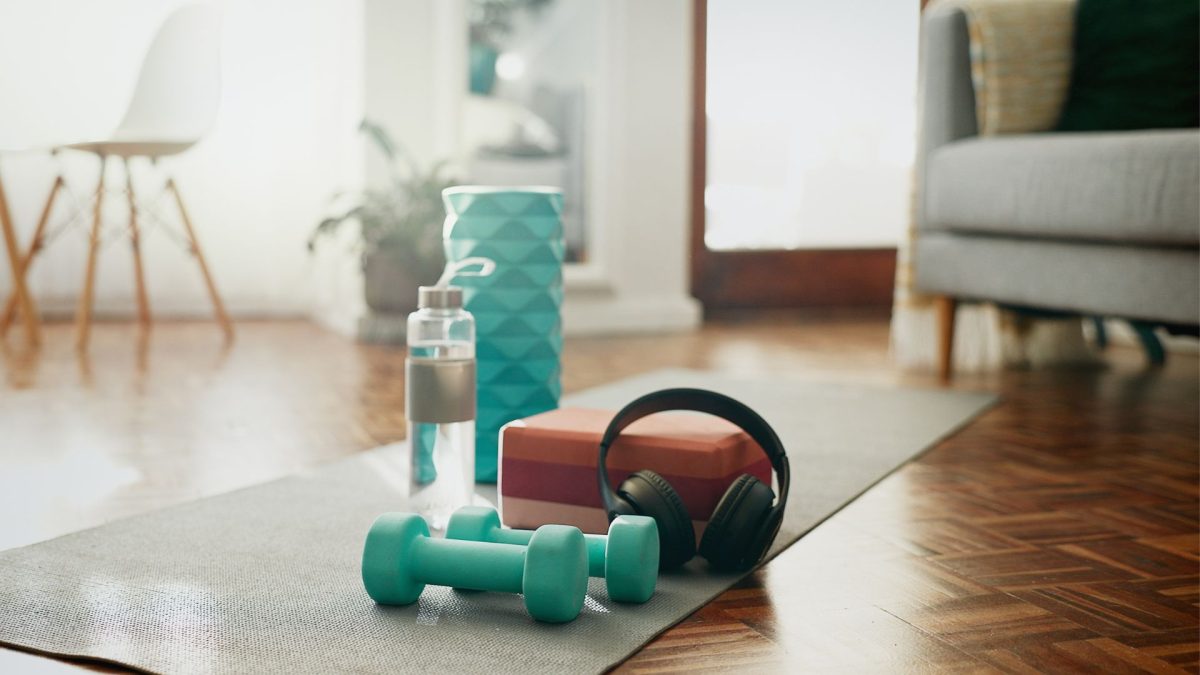When we think about getting stronger, fitter or simply feeling better in our everyday lives, our minds often jump straight to the workouts. And yes, strength training is key (it goes without saying!). But without a healthy, balanced diet to fuel you, you’re not giving your body the tools it needs to thrive.
Food is not just calories. It’s information for your body. It tells your muscles whether to repair, your hormones whether to balance and your energy whether to soar or slump. A nourishing diet is so vital – not just for your health and wellbeing, but especially if you’re strength training. If any of you have got a copy of my book Fit at 50 you will know just how important your nutrition is. If you haven’t read my book yet, here’s a little overview…
Food as Fuel: Why Nutrition Matters for Strength
Think of your body like a high-performance machine. You wouldn’t expect your car to run smoothly on the wrong fuel, and the same goes for us. Strength training creates tiny tears in our muscles (that’s the good kind of damage), and the body needs protein, vitamins and minerals to rebuild them. This rebuilding is what makes us stronger, leaner and more resilient.
Without the right fuel? Recovery slows, energy dips and progress stalls.
The Balance That Counts
If you have read any of my blogs on nutrition before you will know that I am a firm believer in a balanced diet! It isn’t about cutting out entire food groups, restriction or surviving on lettuce leaves. It’s about variety, colour and consistency. Here’s what really makes the difference:
- Protein: The building block of muscle. Lean meats, fish, eggs, beans and lentils all help your muscles repair and grow after training.
- Healthy fats: Think avocado, nuts, seeds, and olive oil. These support hormones (particularly important for women in midlife) and keep joints healthy.
- Carbohydrates: Not the enemy! Whole grains, fruit, and vegetables provide steady energy and replenish glycogen, which your muscles use during workouts.
- Micronutrients: Iron, calcium, vitamin D, magnesium… the unsung heroes that support everything from strong bones to good sleep.
Diet and Wellbeing Go Hand in Hand
A well balanced, nourishing diet does more than help build muscle. It supports mood, mental clarity and resilience. Have you ever noticed how blood sugar crashes can leave you feeling cranky and foggy? Balanced meals stabilise your energy without the surges and slumps, helping you feel all round more positive – not just in your workouts but in daily life.
And let’s not forget the long-term benefits: reduced risk of heart disease, stronger bones, better immunity and healthier ageing.
Strength Training + Balanced Diet = The Winning Formula
There is real synergy between diet and training: strength training signals to your body “we need to be stronger” while good nutrition provides the raw materials to make it happen. One without the other is like pressing the accelerator without fuel in the tank – you won’t get far.
If you’re putting in the work in your workouts, give yourself the best chance to reap the rewards. Nourish your body with the fuel it needs for your future health.
Final Thought
Strong muscles, stable energy, long term health – it all starts in the kitchen. A balanced diet is not about restriction or rules, it’s about fuelling your body so you can live fully, train well and feel your best at every age.
As always, any questions please do get in touch.
Caroline x

